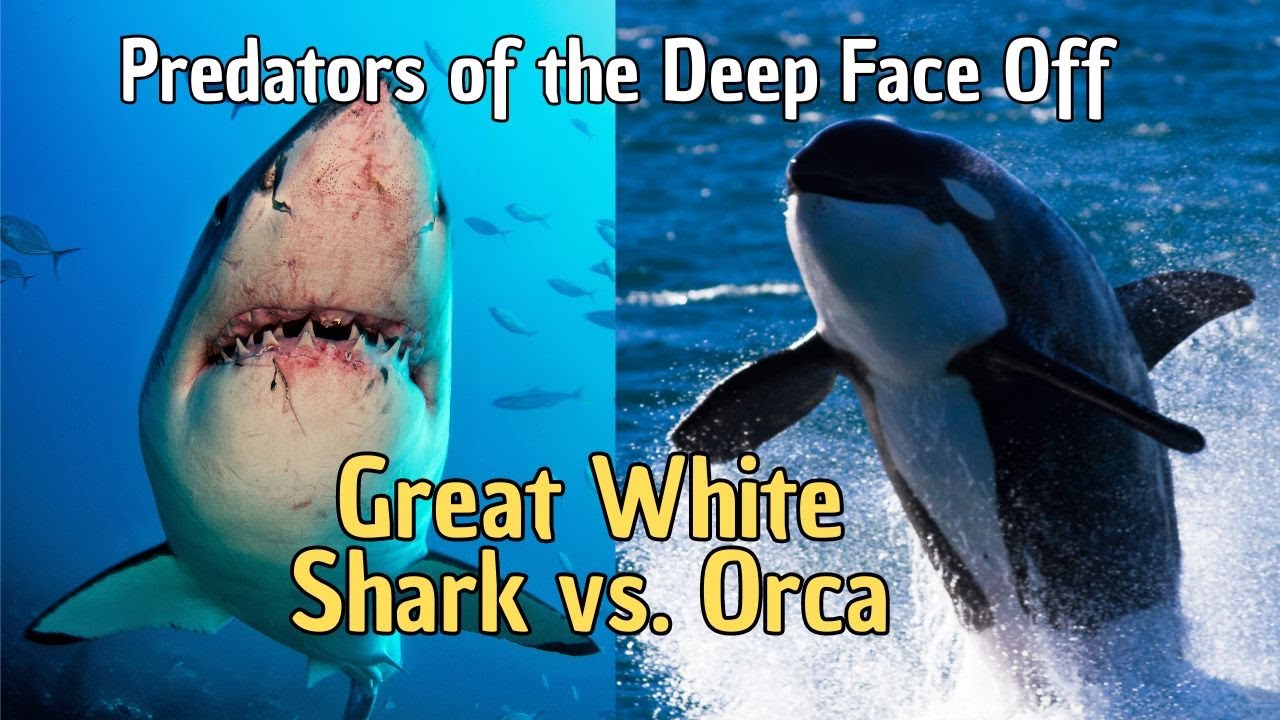Great White Sharks and Killer Whales are both apex predators in the ocean with no natural predators. Great White Sharks are known for their large bodies and powerful jaws, while Killer Whales are the largest species of dolphin with strong bodies and tails. Great White Sharks primarily feed on marine mammals while Killer Whales have a diverse diet including fish, squid, and other whales. Great White Sharks are solitary hunters while Killer Whales live in social family groups called pods. Both species have global distributions and play crucial roles in maintaining the balance of the ocean ecosystem.
Introduction
Great White Sharks and Killer Whales are two of the most feared predators of the deep ocean. They are both apex predators, meaning they are at the top of the food chain and have no natural predators themselves. In this article, we will compare and contrast these two majestic creatures to see how they stack up against each other.
Physical Characteristics
Great White Sharks are known for their large, torpedo-shaped bodies and rows of razor-sharp teeth. They can grow up to 20 feet in length and weigh up to 2 tons. Their powerful jaws can deliver a bite force of up to 4,000 pounds per square inch.
Killer Whales, on the other hand, are actually the largest species of dolphin. They can grow up to 32 feet in length and weigh up to 6 tons. They have powerful bodies and strong tails that allow them to swim at speeds of up to 34 mph.
Hunting and Diet
Great White Sharks primarily feed on seals, sea lions, and other marine mammals. They are known for their stealthy hunting tactics, often ambushing their prey from below. They rely on their keen senses of smell and electroreception to locate their prey.
Killer Whales, on the other hand, have a much more diverse diet. They are known to feed on fish, squid, seals, sea lions, and even other whales. They are highly intelligent and hunt in coordinated groups, using advanced communication and teamwork to take down larger prey.
Behavior and Social Structure
Great White Sharks are solitary animals, typically only coming together to mate or feed in areas with abundant food sources. They are known for their solitary hunting behavior and do not form social groups.
Killer Whales, on the other hand, are highly social animals that live in close-knit family groups called pods. They are known for their complex vocalizations and communication skills, which they use to coordinate their hunting efforts and maintain social bonds within the pod.
Range and Habitat
Great White Sharks can be found in coastal waters all around the world, but they are most commonly found in regions with abundant marine mammal populations, such as the waters off the coast of California and South Africa.
Killer Whales have a global distribution and can be found in all of the world’s oceans. They are highly adaptable and can be found in a wide range of habitats, from the icy waters of the Arctic to the tropical waters of the equator.
Conclusion
In conclusion, both Great White Sharks and Killer Whales are fearsome predators of the deep ocean, each with their own unique characteristics and hunting strategies. While Great White Sharks are known for their stealthy ambush tactics and powerful jaws, Killer Whales are highly intelligent and rely on teamwork and communication to take down larger prey. Ultimately, the survival of these apex predators is crucial to maintaining the balance of the ocean ecosystem.
